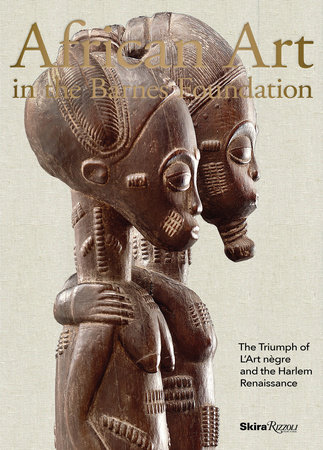African Art in the Barnes Foundation: The Triumph of L'Art Negre and the Harlem Renaissance
Author Christa Clarke, Contributions by Arthur Bourgeois and Nichole Bridges and Kevin Dumouchelle and Kate Ezra
- Publish Date: June 16, 2015
- Format: Hardcover
- Category: Art - African
- Publisher: Skira Rizzoli
- Trim Size: 9 x 12-1/2
- Pages: 296
- US Price: $75.00
- CDN Price: $75.00
- ISBN: 978-0-8478-4521-7
Reviews
-ArtDaily.com
"When you hear the Barnes Foundation in Philadelphia, you think Matisse and Renoir, but Albert Barnes also collected African sculpture, and was one of the first Americans to display it as art, not ethnography. What he collected, and how, and why, are the subjects of African Art in the Barnes Foundation, which is also a catalog of the collection."
-THE NEW YORK TIMES
